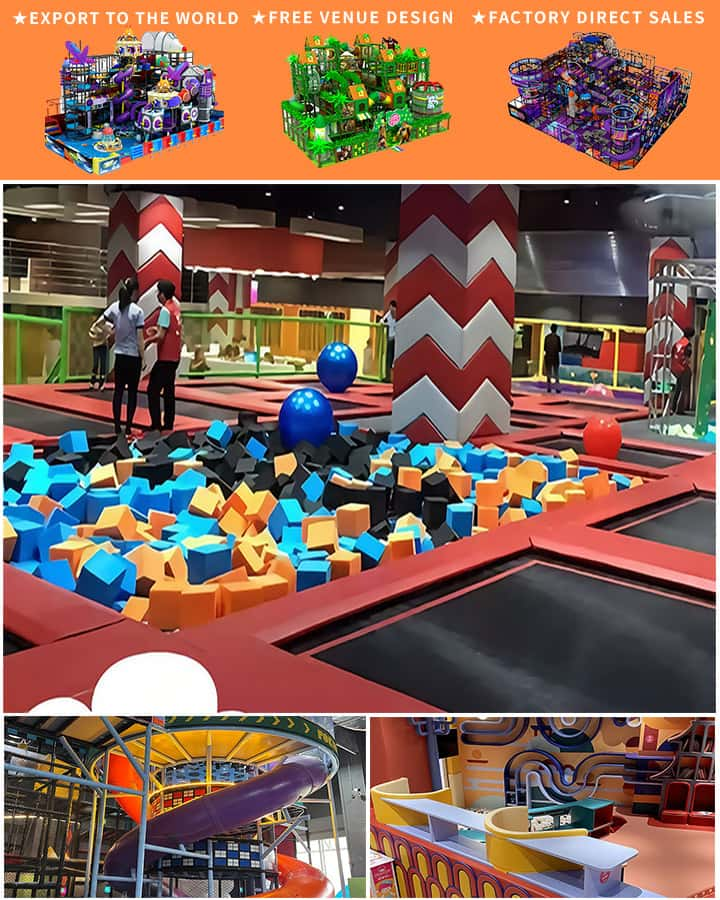Playgrounds are a fundamental part of childhood, providing a space for kids to explore, learn, and grow. However, not all playgrounds are created equal when it comes to inclusivity, especially for children with disabilities. Creating an accessible playground is not just about adding a ramp; it’s about designing equipment that ensures everyone can participate equally in playtime activities. This article delves into the significance of playground equipment designed for disabled people, emphasizing the importance of inclusive play for all children.
The Need for Inclusive Play
Children with disabilities often face barriers in traditional playgrounds, from inaccessible swings to climbing structures they can’t navigate. Inclusive playgrounds aim to break down these barriers by incorporating equipment that accommodates a wide range of abilities. This isn’t just a matter of fairness—it’s also essential for the development of every child involved. When playgrounds are inclusive, children learn empathy, teamwork, and social skills as they interact with peers who have different abilities.
Key Features of Inclusive Playground Equipment
Adaptive Swings: Traditional swings can be challenging for children with physical disabilities. Adaptive swings come in various forms, such as bucket seats, platforms, or even specialized harnesses, allowing children with mobility issues to enjoy the same back-and-forth motion.
Wheelchair-Accessible Carousels: Many carousel designs are not wheelchair accessible, leaving out children who use mobility aids. Modern carousels include features like ramps and transfer platforms, ensuring that everyone can join in the fun.

Sensory Play Equipment: Children with sensory processing disorders can benefit from playgrounds that offer tactile and auditory stimulation. Items like musical instruments, textured surfaces, and water features can engage these children in a meaningful way.
Accessible Climbing Structures: Climbing walls and jungle gyms are staples of many playgrounds but are often inaccessible to children with limited mobility. Inclusive versions feature lower heights, handrails, and wider steps to make navigation easier for everyone.
Soft Surface Areas: Safety is paramount, especially in areas designated for disabled children. Poured rubber or cushioned mats provide a softer landing surface, reducing the risk of injury should falls occur.
Benefits of Inclusive Playgrounds
The advantages of inclusive playgrounds extend beyond mere physical accessibility. Here are some key benefits:
Social Development: Mixed-ability play promotes social interaction and understanding among children, teaching them to appreciate diversity from an early age.
Physical Health: Engaging in physical activity is crucial for all children, including those with disabilities. Inclusive playgrounds encourage regular exercise, contributing to overall health and well-being.
Emotional Well-being: Being able to participate fully in play activities boosts self-esteem and reduces feelings of isolation or exclusion for children with disabilities.
The Role of Community and Policy
Creating inclusive playgrounds requires concerted effort at both the community and policy levels. Local governments need to prioritize funding for accessible parks, and community leaders must advocate for their construction and maintenance. Public awareness campaigns can further educate parents and caregivers about the importance of inclusivity in recreational spaces.
Conclusion
Inclusive playgrounds are more than just a space filled with accessible swings and ramps; they represent a commitment to ensuring that every child has the opportunity to play, learn, and grow alongside their peers. By investing in playground equipment designed for disabled people, communities foster environments where diversity is celebrated, and every child feels valued. In doing so, we create a world where inclusivity is the norm, not the exception.




